Omar Téllez
More posts from Omar Téllez
In May 2020, Intel announced its purchase of Moovit, a mobility as a service (MaaS) solutions company known for an app that stitched together GPS, traffic, weather, crime and other factors to help mass transit riders reduce their travel times, along with time and worry.
According to a release, Intel believes combining Moovit’s data repository with the autonomous vehicle solution stack for its Mobileye subsidiary will strengthen advanced driver-assistance systems (ADAS) and help create a combined $230 billion total addressable market for data, MaaS and ADAS.
Before he was a member of Niantic’s executive team, private investor Omar Téllez was president of Moovit for the six years leading up to its acquisition. In this guest post for Extra Crunch, he offers a look inside Moovit’s early growth strategy, its efforts to achieve product-market fit and explains how rapid growth in Latin America sparked the company’s rapid ascent.
In late 2011, Uri Levine, a good friend from Silicon Valley and founder of Waze, asked me to visit Israel to meet Nir Erez and Roy Bick, two entrepreneurs who had launched an application they had called “the Waze of public transportation.”
By then, Waze was already in conversations to be sold (Google would finally buy it for $1.1 billion) and Uri was thinking about his next step. He was on the board of directors of Moovit (then called Tranzmate) and thought they could use a lot of help to grow and expand internationally, following Waze’s path.
At the time, I was part of Synchronoss Technologies’ management team. After Goldman Sachs and Deutsche Bank took us public in 2006, AT&T and Apple presented us with an idea that would change the world. It was so innovative and secret that we had to sign NDAs and personal noncompete agreements to work with them. Apple was preparing to launch the first iPhone and needed a system where users could activate devices from the comfort of their homes. As such, Synchronoss’ stock became very attractive to the capital markets and ours became the best public offering of 2006.
After six years with Synchronoss while also making some forays into the field of entrepreneurship, I was ready for another challenge. With that spirit in mind, I got on the plane for Israel.
I will always remember the landing at Ben Gurion airport. After 12 hours traveling from JFK, I was called to the front of the immigration line:
“Hey! The guy in the Moovit T-shirt, please come forward!”
For a second, I thought I was in trouble, but then the immigration officer said, “Welcome to Israel! We are proud of our startups and we want the world to know that we are a high-tech powerhouse,” before he returned my passport and said goodbye.
I was completely amazed by his attitude and wondered if I really knew what I was getting into.
The opportunity in front of Moovit
At first glance, the numbers seemed very attractive. In 2012, there were roughly seven billion people in the world and only a billion vehicles. Thus, many more people used mass public transport than private and users had to face not only the uncertainty of when a transport would arrive, but also what might happen to them while waiting (e.g., personal safety issues, weather, etc.). Adding more uncertainty: Many people did not know the fastest way to get from point A to point B. As designed, mass public transport was a real nightmare for users.
Uri advised us to “fall in love with the problem and not with the solution,” which is what we tried to do at Moovit. Although Waze had spawned a new transportation paradigm and helped reduce traffic in big cities, mass transit was a much bigger monster that consumed an average of two hours of each day for some people, which adds up to 37 days of each year*!
What would you do if someone told you that in addition to your vacation days, an app could help you find 18 extra days off work next year by cutting your transportation time in half?
* Assumes 261 working days a year, 14 productive hours per day.
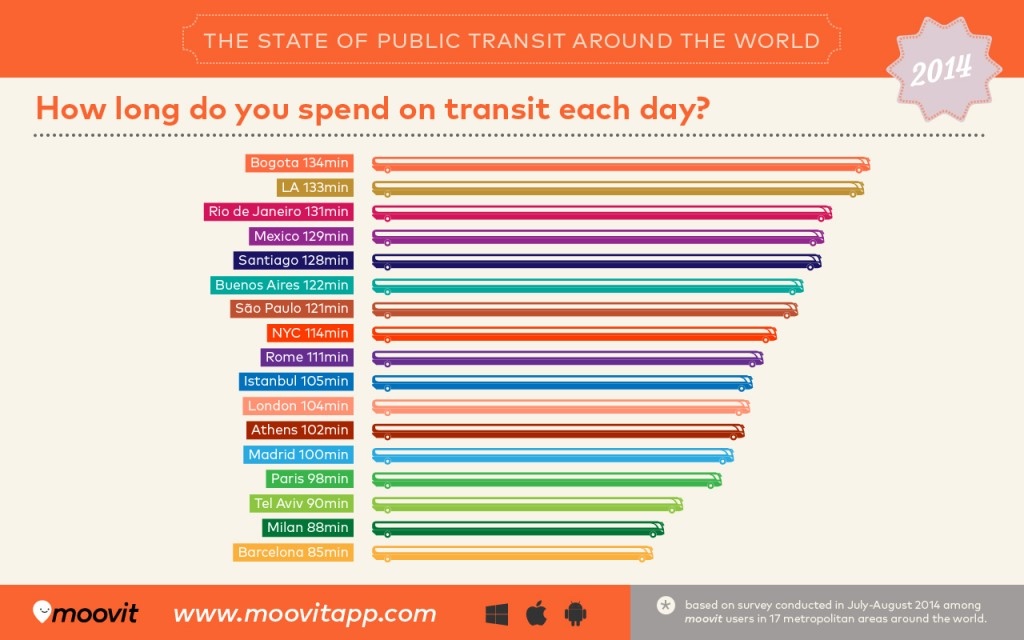
Although at that time Google had already released Google Transit, we knew we could be much more agile, especially in the international arena; however, we were facing a Goliath and we had to beat them with incredible speed to market.

Moovit reused Waze’s recipe for success during Brazil’s “Operation Dry Law”
Waze’s story is largely one of samba and caipirinhas — to be fair, one caipirinha too many. Although Waze had launched in 2006 in Israel, it was not until 2009 that it found its first inflection point. This happened thanks to the Latin American markets of Brazil and Chile. In that year, Brazilian police began a blitz for Operacao Lei Seca (Operation Dry Law). If a driver was caught with more than 3.2 milligrams of alcohol in their blood, they were jailed immediately until they posted $600 in bail.
Few people easily have this money in Brazil, so many were imprisoned for extended periods. Given the reputation of Brazilian jails for violence, overcrowding and human rights violations, you don’t want to end up in jail in Brazil.
Waze was the first app that informed drivers where these blitzes were on a map, and it took off like a supersonic rocket. That massive turning point allowed the Waze team to do another round of capital and then sell it to Google: This is roughly the story of Israel’s first B2C unicorn. We would repeat that story with Moovit almost eight years later.


Launching with TransMilenio in Bogotá
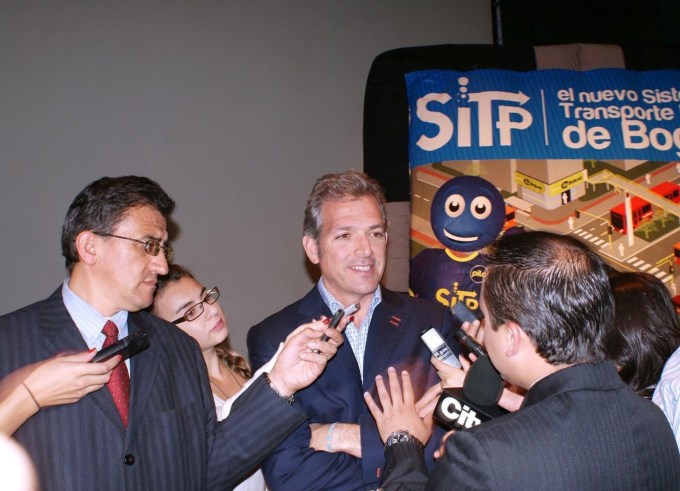
Although we launched Moovit with some success in Israel, we knew that we had to look for an inflection point in Latin America to demonstrate growth to shareholders and earn another round of investment to continue our expansion. However, we did not know that Colombia would be so central when it came to giving us momentum.
At the end of 2012, the city of Bogotá launched the Integrated Public Transport Service (SITP, also known as “Blue Buses”). The idea was to connect large transport arteries known as TransMilenio with feeder routes for the Blue Buses. As such, a person could connect from any point A to a point B in the city, transferring routes with a single payment card. Although this vision was revolutionary, very few knew how it worked, let alone how to connect the routes. This generated the problem of empty Blue Buses, because nobody knew what they were, much less where they were going. Bus operators complained about the lack of revenue from the system and prospective users had no idea how to use it. This had all the signs of a huge problem to be solved.
Upon learning of the situation, I went to Bogotá and promised Nir and Roy not to return until I had a contract in hand. A great friend, Hernando Baquero, introduced me to the general manager of TransMilenio and I made him an offer he could not refuse: Working with our R&D team in Israel, we had built the first tool that articulated all TransMilenio and SITP services and provided expected transport times, recharging points, bike parking lots and more. Furthermore, we offered it to them for free on the condition that we had to become the official application and they had to promote us widely.
Boom! Moovit took off like a rocket in Bogotá. Two months later, we had changed the face of the city’s public transportation system. A YanHaas poll at the time showed that Moovit:
- contributed to improving user satisfaction with the SITP by 70%.
- reduced the perception of complexity of the SITP by 50%.
These numbers were massive and we knew we were on to something. That ideal that “a rich country is not where the poor have a car, but where the rich take public transport” became a reality thanks to Moovit.
Launching with Transantiago in Chile
From there, we left for Chile and then Brazil. Transantiago, operator of mass public transport in Santiago, needed a similar solution as Bogotá. But for the first time in Latin America, they offered us direct access to their buses’ GPS, allowing us to offer users a real-time view of their journey. Once we could tell a user the exact minute their transport would arrive, we knew we had a game-changer. We launched in August 2013, and soon after, we won the award for the best mobility application in Chile (Boom! #2).
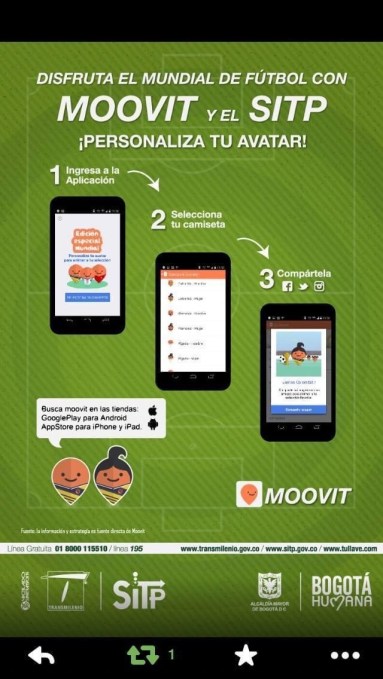
In Sao Paulo and Rio de Janeiro, we created the first system in the world that could offer a bird’s-eye view of key routes at rush hours. It would tell people their expected time for specific routes, average speeds and highlight if there were problems with any station in particular. It was so innovative, every morning “Bom Dia,” Brazi’s most-popular morning show, dedicated 2-3 minutes to it with more than 120 million people watching. It’s difficult to overstate how massive this was for us: Overnight, almost every person in Brazil knew about us and downloads skyrocketed. (Boom! #3)
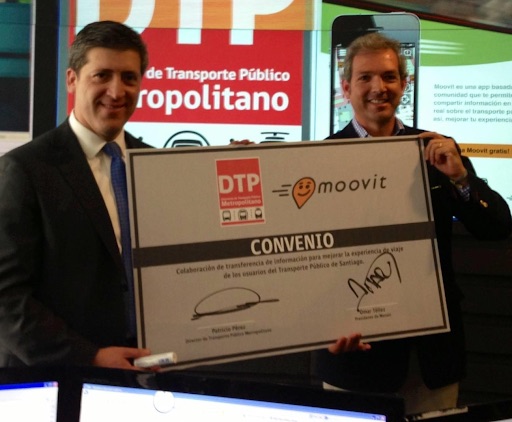
Reviewing the success stories that we had implemented in Colombia, Chile and Brazil, we thought we could solve, or at least greatly alleviate, the problem of public transport at a global level.
If we could help a couple of million people in Latin America with just a year and a half of work, with a little more capital we could reach 100 million people worldwide to become The World’s Greatest Public Transport Application. We were quite naive and didn’t realize the scope of the challenge ahead. But by the end of 2013, we were in the U.S. and almost all of Latin America. With a massive tailwind from LatAm, we had managed to cross the 3 million download threshold.
After passing this milestone, with Nir we went to Silicon Valley to tell our story and raise capital for our next growth phase. In December 2013, we made our Series B, led by Sequoia Capital at a valuation of $100 million. It was the first time that Sequoia California and Tel Aviv-based funds invested in the same project. We celebrated that day, and we deserved it; I hadn’t gotten off a plane in two and a half years. That year, United Airlines named me as one of their Top 100 travelers in the world. This was not something to be proud of, as my family was not happy and I was having some health problems with the accumulated jet lag.
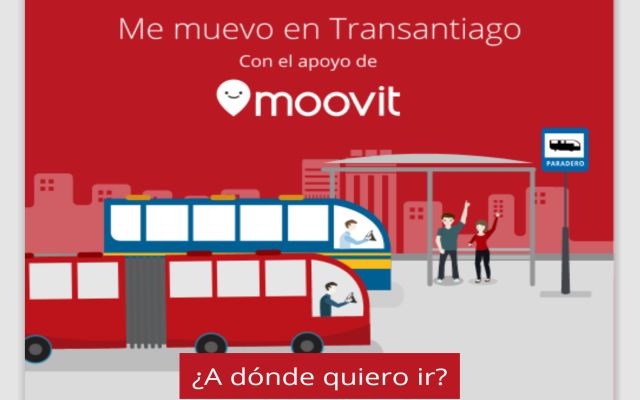
We had come a long way in our first two years and we had an excellent track record, but we were just getting started, and we had a long way to go.
After just eight years — with more than 800 million users in over 3,100 cities and 102 countries, Moovit became the world’s largest public transportation app and would sell to Intel for $900 million. Our growth in LatAm and Southern Europe combined with an incredible team in Israel had played a huge role in generating sufficient escape velocity.
Intel to buy smart urban transit startup Moovit for $1B to boost its autonomous car division































Comment